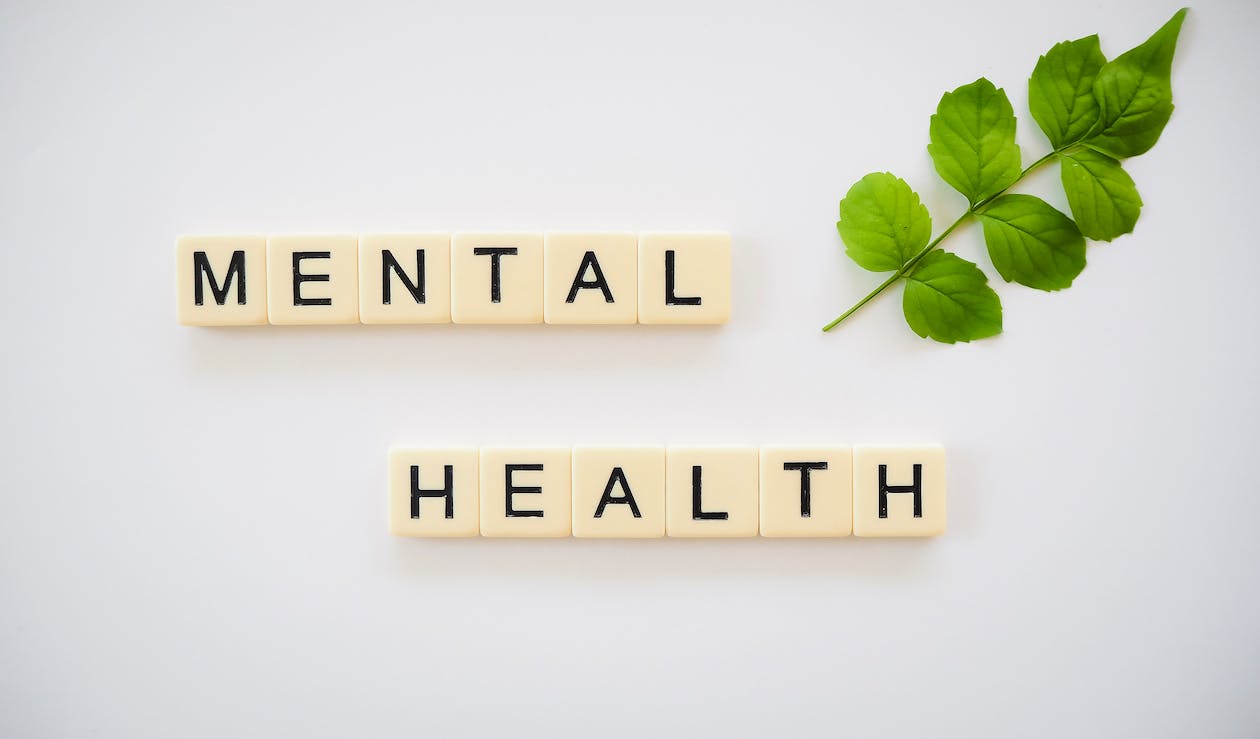Mental health condition
Facts
A mental illness is a disease of the brain that causes mild to severe disturbances in thought and/or behavior, resulting in an inability to cope with life’s ordinary demands and routines. There are more than 200 classified forms of mental illness. Some of the more common disorders are: clinical depression, bipolar disorder, dementia, schizophrenia and anxiety disorders. Symptoms may include changes in mood, personality, personal habits and/or social withdrawal.
- 1 in every 8 people in the world live with a mental disorder.
- Mental disorders involve significant disturbances in thinking, emotional regulation, or behaviour.
- There are many different types of mental disorders.
- Effective prevention and treatment options exist.
- Most people do not have access to effective care
Types of mental health conditions
While there are over 200 classified forms of mental illness, the five (5) major categories of mental illness are:
• Anxiety Disorders.
• Depression
• Schizophrenia/Psychotic Disorders.
• Bipolar Disorder
• Post-Traumatic Stress Disorder (PTSD)
• Eating Disorders.
• Disruptive behaviors and dissocial disorders
• Neurodevelopmental disorders
• Mood Disorders.
• Loneliness.


Anxiety Disorders
Anxiety disorders are characterised by excessive fear and worry and related behavioural disturbances. An anxiety disorder may exist if the anxiety experienced is disproportionate to the circumstance, is difficult for the individual to control, or interferes with normal functioning. There are several different kinds of anxiety disorders, such as: and others.
• generalised anxiety disorder (characterised by excessive worry),
• panic disorder (characterised by panic attacks),
• social anxiety disorder (characterised by excessive fear and worry in social situations),
• separation anxiety disorder (characterised by excessive fear or anxiety about separation from those individuals to whom the person has a deep emotional bond),
Effective psychological treatment exists, and depending on the age and severity, medication may also be considered.

Depression
In 2019, 280 million people were living with depression, including 23 million children and adolescents . Depression is different from usual mood fluctuations and short-lived emotional responses to challenges in everyday life. During a depressive episode, the person experiences depressed mood (feeling sad, irritable, empty) or a loss of pleasure or interest in activities, for most of the day, nearly every day, for at least two weeks. Several other symptoms are also present, which may include poor concentration, feelings of excessive guilt or low self-worth, hopelessness about the future, thoughts about dying or suicide, disrupted sleep, changes in appetite or weight, and feeling especially tired or low in energy. People with depression are at an increased risk of suicide. Yet, effective psychological treatment exists, and depending on the age and severity, medication may also be considered.

Schizophrenia/Psychotic Disorders.
Schizophrenia affects approximately 24 million people or 1 in 300 people worldwide. People with schizophrenia have a life expectancy 10-20 years below that of the general population . Schizophrenia is characterised by significant impairments in perception and changes in behaviour. Symptoms may include persistent delusions, hallucinations, disorganised thinking, highly disorganised behaviour, or extreme agitation. People with schizophrenia may experience persistent difficulties with their cognitive functioning. Yet, a range of effective treatment options exist, including medication, psychoeducation, family interventions, and psychosocial rehabilitation.

Bipolar Disorder
In 2019, 40 million people experienced bipolar disorder (1). People with bipolar disorder experience alternating depressive episodes with periods of manic symptoms. During a depressive episode, the person experiences depressed mood (feeling sad, irritable, empty) or a loss of pleasure or interest in activities, for most of the day, nearly every day. Manic symptoms may include euphoria or irritability, increased activity or energy, and other symptoms such as increased talkativeness, racing thoughts, increased self-esteem, decreased need for sleep, distractibility, and impulsive reckless behaviour. People with bipolar disorder are at an increased risk of suicide. Yet effective treatment options exist including psychoeducation, reduction of stress and strengthening of social functioning, and medication.

Post-Traumatic Stress Disorder (PTSD)
The prevalence of PTSD and other mental disorders is high in conflict-affected settings (3). PTSD may develop following exposure to an extremely threatening or horrific event or series of events. It is characterised by all of the following: 1) re-experiencing the traumatic event or events in the present (intrusive memories, flashbacks, or nightmares); 2) avoidance of thoughts and memories of the event(s), or avoidance of activities, situations, or people reminiscent of the event(s); and 3) persistent perceptions of heightened current threat. These symptoms persist for at least several weeks and cause significant impairment in functioning. Effective psychological treatment exists.

Eating Disorders
In 2019, 14 million people experienced eating disorders including almost 3 million children and adolescents . Eating disorders, such as anorexia nervosa and bulimia nervosa, involve abnormal eating and preoccupation with food as well as prominent body weight and shape concerns. The symptoms or behaviours result in significant risk or damage to health, significant distress, or significant impairment of functioning. Anorexia nervosa often has its onset during adolescence or early adulthood and is associated with premature death due to medical complications or suicide. Individuals with bulimia nervosa are at a significantly increased risk for substance use, suicidality, and health complications. Effective treatment options exist, including family-based treatment and cognitive-based therapy.

Disruptive behaviors and dissocial disorders
40 million people, including children and adolescents, were living with conduct-dissocial disorder in 2019 (1). This disorder, also known as conduct disorder, is one of two disruptive behaviour and dissocial disorders, the other is oppositional defiant disorder. Disruptive behaviour and dissocial disorders are characterised by persistent behaviour problems such as persistently defiant or disobedient to behaviours that persistently violate the basic rights of others or major age-appropriate societal norms, rules, or laws. Onset of disruptive and dissocial disorders, is commonly, though not always, during childhood. Effective psychological treatments exist, often involving parents, caregivers, and teachers, cognitive problem-solving or social skills training.

Neurodevelopmental disorders
Neurodevelopmental disorders are behavioural and cognitive disorders, that arise during the developmental period, and involve significant difficulties in the acquisition and execution of specific intellectual, motor, language, or social functions.
Neurodevelopmental disorders include disorders of intellectual development, autism spectrum disorder, and attention deficit hyperactivity disorder (ADHD) amongst others.
Effective treatment options exist including psychosocial interventions, behavioural interventions, occupational and speech therapy. For certain diagnoses and age groups, medication may also be considered.

Mood Disorders
Most of us have an immediate and intuitive understanding of the notion of mood. We readily know what it means to be happy or sad. Mood disorders, however, are outside the bounds of normal fluctuations from sadness to elation. Mood disorders affect about 7% of Americans and rank among the top 10 causes of disability. In the workplace, major/clinical depression is a leading cause of absenteeism and diminished productivity. Depression-related visits to physicians account for a large portion of health care expenditures.
Mood disorders include:
• clinical or major depression,
• dysthymia and bipolar disorder, formerly known as “manic-depression”.
Suicide is the most dreaded complication of major depressive disorders. About 10 to 15% of patients formerly hospitalized with depression commit suicide.
Loneliness
Loneliness occurs when your needs to socialize do not get met. This can happen for short periods of time, such as when your friends go away for the holidays or when you go home from college, leaving all your friends.
Chronic loneliness is different. It occurs when you continually do not have the social interaction you need over the course of several weeks, months, or years.
Neither loneliness nor chronic loneliness is a classified mental health condition, but chronic loneliness can lead to mental health problems, such as depression, or other effects, such as alcohol use disorder.
In addition to therapy, you may find taking some steps on your own to meet and connect with others helpful. Some potential ways to make connections with others include:
• try reaching out to distant family members either through social media, a phone call, or video chatting
• contact a friend or friendly acquaintance to see if they’d like to go for coffee, see a movie, or have lunch or dinner
• find a local group that participates in an activity or sport you enjoy, like basketball, painting, pottery, theater, or other activities
